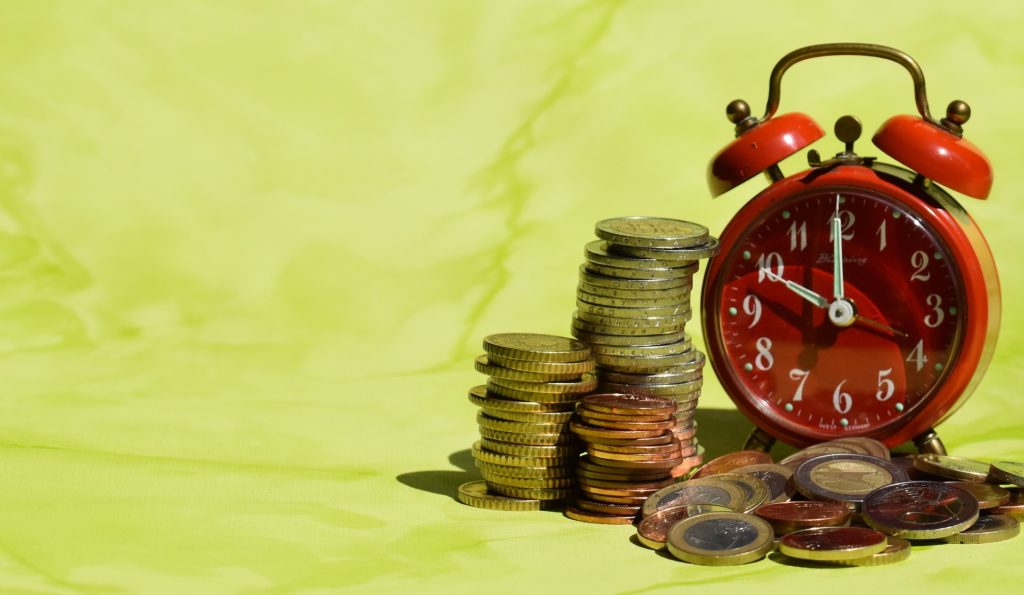Your credit plays an essential in your financial history. Lenders look at it to determine whether or not to give you a loan. While having good credit is always the best thing, some of us have bad credit.
You can still live with bad credit as it is not a crime. However, it’ll make things complicated, expensive, or even impossible. Banks and other financial institutions, landlords, home insurance, and other utility companies check your credit before providing their services.
Therefore, it is always crucial that you have good credit. If your credit is not where you want it to be, you can take these steps to repair it.

1. Learn your interest rates and pay off highest-rate cards first
Learn about the interest rates different lenders are charging you. Then create a list from the highest to the lowest. Next, clear the card with the highest interest first.
Paying off debts of the highest interest rate card first allows you to make payments on cards with a high annual percentage interest rate while still making the minimum payment to other loans you have.
Ultimately, you’ll save more money to pay for your other balances. Note that interest tends to accrue on a debt, meaning if you take a long time to repay, you’ll have more interest to pay each month. Worse is if the lender calculates a compound interest. This will force you to pay interest charges on top of the monthly accrued interest.
Paying off the highest debts first thus makes sense, especially if you want to limit your credit utilization.
2. Double your minimum payment
To make quick progress in your debt, you need to exceed the minimum payment on your credit every month. When you only limit yourself to the minimum monthly instalment, you may have trouble managing your debt.
Paying off your balances quickly can save on interest. And you can do that by making extra payments every month. However, make sure that you are consistent each month to pay the loan more quickly.
But before you double your payment, check the loan terms with the lender. Note that some may charge prepayment penalties and other additional fees. So to avoid surprises, speak to your lender first.
3. Apply any extra money in your budget to your payment
Budgeting is the best way to deal with debts. It summarizes your income, expenses, and spending habits. Thus, you’ll know where your money is going and how to reduce unnecessary expenses. Ultimately, it will help you manage your money well and pay down your balances.
Write all your expenses in the budget, including the debts you want to get out of. Then, look at your list and see whether there’s any expense you can do without. If there is, the best books suggest removing it from the budget and use that money to repay your debt. Also, if your budget doesn’t use up all the money you have, you may be left with extra money. Use that cash to pay your balances.
4. Split your payment in half and pay twice
Bi-weekly payments can help you pay your loans more quickly. They involve making payments every two weeks instead of once a month. The idea is to help one pay their balances as fast as possible and reduce their total interest.
When you pay your debt two weeks a month, you’ll make 26 payments every year. But if you pay once, you’ll only make 12 payments. You can save a lot of money through bi-weekly payments. Remember that the longer you take to repay your loan, the more the interest accumulates. Therefore, reducing your repayment term is actually a smart move.
5. Transfer your balance to a 0% credit card
Balance transfers allow individuals to move debt from one account to the other. If you have a high-interest loan, you can save big by moving it to a 0% APR credit card.
Now, while you’ll have to pay a transfer fee, which is usually between 3-5%, transferring your debt will actually save you money in the long run. The balance transfer process varies, but generally, you’ll have to apply for a new card that charges 0% APR for balance transfers. Once you have the card, you can initiate the transfer and wait for it to go through.
Then, your new card issuer will pay your remaining debt to your old account. That money and the balance transfer fee will reflect on your new account. With this ready, you can start making monthly payments to the new account. And if you can afford to pay your debt back during the 0% APR introductory period, you’ll save a lot of money.
6. Make your payments on time
Payment history makes up 35% of your total credit score. Therefore, you should avoid paying your bills late as much as possible. Apart from your credit score, late payments can also lead to late penalty fees on your credit card.
So make sure that all your bills, including utilities, medical bills, student loans, etc., are paid on time. That means effective planning and budgeting of your expenses.
However, sometimes you may run short of money, even with a good budget. In this case, you can consider getting a small loan for bad credit to cover the payment. But ensure you have a plan for repaying that loan.
Conclusion
Building and improving credit takes time. However, every step you take to repay your debt gets you closer and closer. With time, you’ll build impressive credit and improve your credit score.